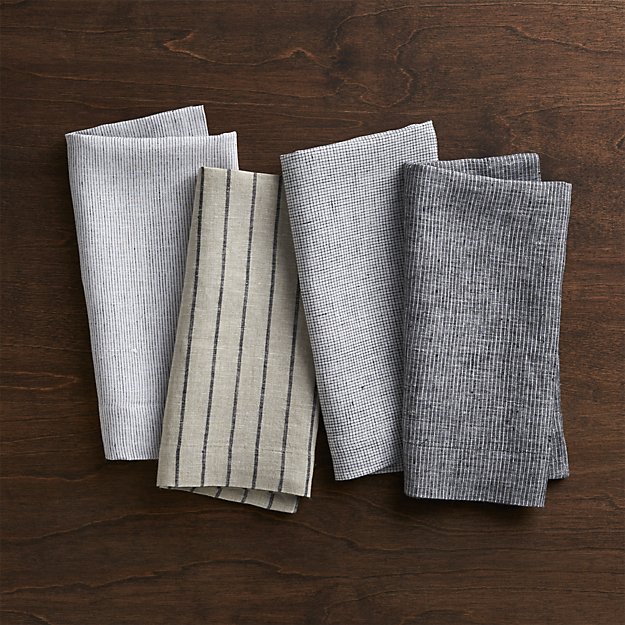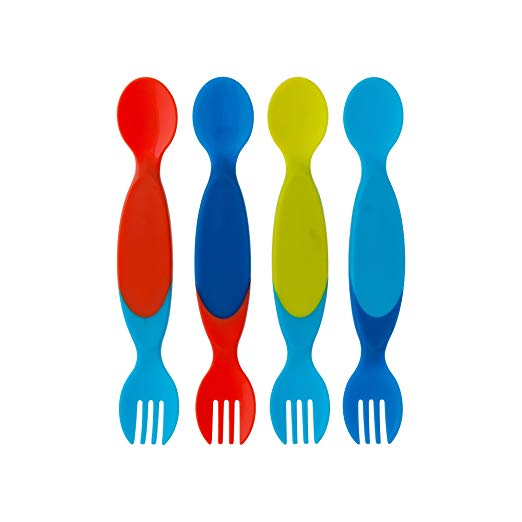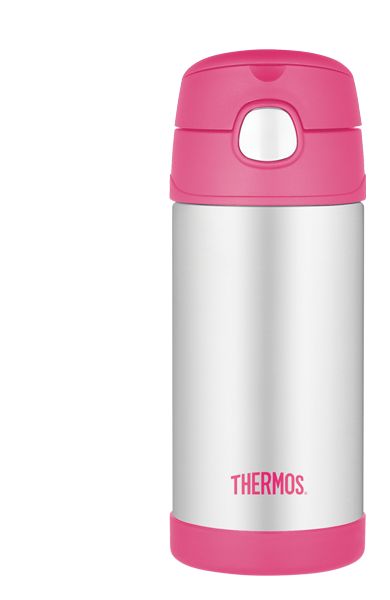By Ashley Yearwood
 Cloth napkins
Cloth napkins
Paper napkins are used once and then thrown away — hopefully in the trash. You can cut out wasting trees by switching to a cloth alternative. Cloth napkins are a great way to make sure both your child and the environment stay clean. They can be made from old cloth materials you have around your house, or bought at almost any craft fair/show. Clean-up is as simple as throwing it in with the rest of your laundry.
Reusable containers
With all the different foods that you pack in your child’s lunch, spending money on single use plastic bags can be a burden on your wallet and the environment. Reusable containers come in plastic and glass. For a child, plastic is probably your best bet. They come in a variety of sizes to fit sandwiches, fruits and vegetables, snacks, chips, goldfish, condiments — basically anything you would need to put in a lunch box. And they last a long time.
As great as these containers can be, it is important to invest in containers that are BPA (or bisphenol A) free. BPA is an industrial chemical, often found in food containers, and its exposure can have lasting effects on health. Just look for the sticker that says BPA-free.
 Reusable utensils
Reusable utensils
There are some pretty cool two-in-one utensils to save space in a lunch box. That also means a quick and easy clean up. Plastic utensils are just another thing that end up in the trash. Luckily it takes five seconds to wash a fork or spoon.
Reusable water bottles
Plastic water bottles are the main culprit of plastic waste, and can be easily avoided by using a metal or BPA-free reusable bottle. Reusable bottles come in different sizes and materials as an alternative to juice boxes and plastic water bottles.
 Thermos
Thermos
On cold days you can pack your child warm drinks or food in a thermos. Using a thermos increases the types of food you can give to your child without them needing to use a microwave, using less energy and avoiding carcinogens that are created when heating up food in plastic containers. They can be thrown in the dishwasher or cleaned by hand to be used the next day.
This article was originally published in the August 2018 edition of the RG Back-to-School supplement.

